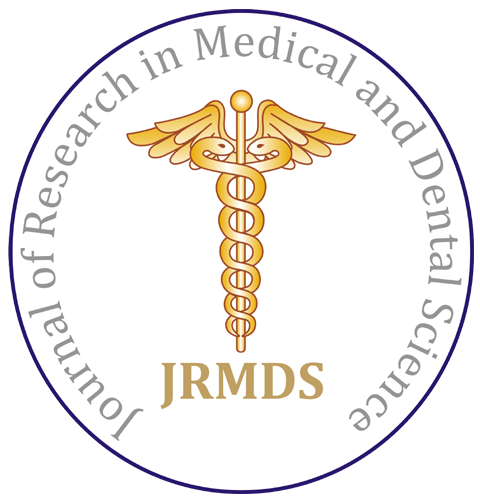Role of Er.Cr: YSGG Laser and Fluoride in Caries Resistance
Author(s): Ahmed Adnan Hadi* and Basima Mohammed Ali
Abstract
The purpose of this study was to compare the effectiveness of using the Er.Cr: YSGG laser with and without Acidulated Phosphate Fluoride (APF) to improve tooth resistance to caries. Sixty enamel sample obtained from first premolar teeth (4 mm × 4 mm) were randomly divided into six groups (n=10): G1: control group (no treatment), G2: Acidulated Phosphate Fluoride (APF) only, G3: Er, Cr: YSGG laser at 0.25 W, 20 Hz, 1% water and 10% air, G4: Er, Cr: YSGG laser at 0.50 W, 20 Hz, 1% water and 10% air, G5: Er, Cr: YSGG laser at 0.25 W, 20 Hz, 1% water and 10% air and acidulated phosphate fluoride, G6: Er, Cr: YSGG laser at 0.5 W, 20 Hz, 1% water and 10% air and acidulated phosphate fluoride. The samples were subjected to pH cycling for 10 days after being irradiated and treated. The samples were tested for digital vickers micro hardness on (9.8 N) at the enamel surface on baseline, after laser irradiation and after ph cycling. Selected sample were further evaluated by scanning electron microscopy (n=1) for each group after surface laser irradiated. Date were statistically analysis (α=0.05).
Results: There was a statistically significant decline in micro hardness values between baseline and post PH-cycling assessments in the control, laser, and fluoride+laser groups (P<0.05). However, as compared to the baseline, the fluoride and laser+fluoride groups showed a considerable increase in micro hardness values.
Conclusion: When compared to the control group, acidulated phosphate fluoride application with laser irradiation of 0.5 w, 20 Hz, 1% water, and 10% air enhanced enamel surface micro hardness and avoided enamel demineralization.
Keywords: Fluoride, Dental caries, Demineralization, Er.Cr: YSGG laser, Enamel micro hardness
